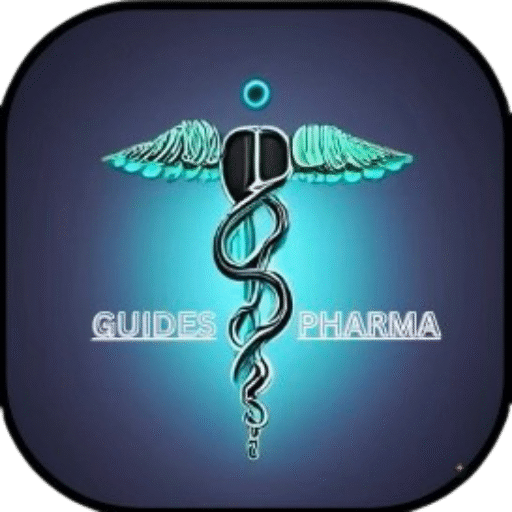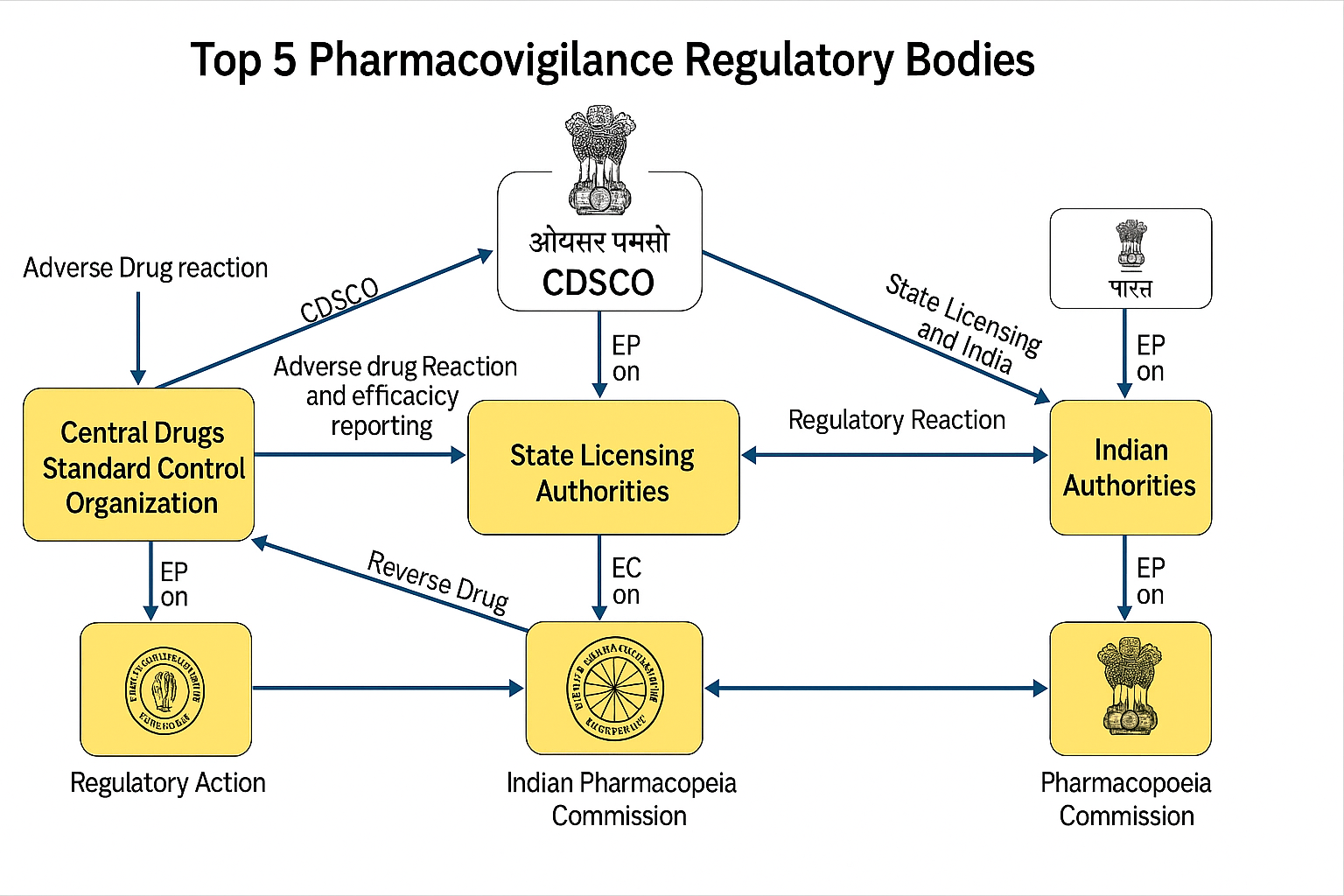Table of Contents
ToggleIntroduction to Pharmacovigilance in India
What is Pharmacovigilance?
Pharmacovigilance (PV) is the science and activities related to detecting, assessing, understanding, and preventing adverse effects or any other drug-related problems. Think of it as a safety net ensuring medicines do not harm people while helping them heal.
Importance of Pharmacovigilance in India
India, being one of the largest consumers and manufacturers of medicines, faces unique challenges in drug safety. With a diverse population and disease patterns, a robust pharmacovigilance system ensures that the benefits of medicines outweigh their risks.
Overview of Pharmacovigilance Regulatory Framework in India
Historical Background of PV Regulations
Pharmacovigilance practices in India formally began post-World Health Organization’s recommendations in 1997. However, the structured system strengthened after the launch of the Pharmacovigilance Programme of India (PvPI) in 2010.
Evolution of PV Practices
From paper-based ADR forms to AI-based reporting platforms, India’s PV system has evolved significantly to enhance drug safety and compliance with global standards.
Central Drugs Standard Control Organization (CDSCO)
Structure and Governance of CDSCO
CDSCO functions under the Directorate General of Health Services, Ministry of Health and Family Welfare, and is responsible for regulating drugs and clinical trials in India.
Key Roles and Responsibilities in PV
CDSCO oversees PV activities, ensures compliance with PV guidelines, reviews safety data, and takes regulatory decisions including drug recalls or issuing safety alerts when necessary.
Adverse Drug Reaction (ADR) Monitoring Under CDSCO
CDSCO actively monitors ADRs through reports from healthcare professionals and marketing authorization holders to assess drug safety in the Indian population.
Indian Pharmacopoeia Commission (IPC)
Structure and Authority of IPC
IPC is an autonomous institution under the Ministry of Health and Family Welfare, functioning as the National Coordination Centre for PvPI.
Role of IPC in Pharmacovigilance
IPC’s primary role is to collect, analyze, and interpret ADR data received from across India, ensuring timely detection of safety signals.
Functioning as the National Coordination Centre (NCC)
IPC, as NCC-PvPI, coordinates with ADR monitoring centers across India, providing guidance and training on PV practices and ensuring quality data submission to WHO’s global PV database.
Pharmacovigilance Programme of India (PvPI)
Establishment and Objectives of PvPI
PvPI was launched in 2010 with the objective of safeguarding public health by monitoring drug safety and ensuring regulatory compliance across India.
Structure of PvPI Network
PvPI operates through a network of ADR Monitoring Centres (AMCs) located in medical colleges and hospitals, which report to IPC-NCC.
PvPI Reporting Tools and Methods
PvPI utilizes Vigiflow, online ADR reporting portals, and mobile applications to facilitate easy reporting for healthcare professionals and consumers.
Roles of CDSCO, IPC, and PvPI in ADR Monitoring and Signal Detection
ADR Collection and Reporting Pathways
-
Healthcare professionals fill ADR forms and submit them to AMCs.
-
AMCs forward reports to IPC-NCC for analysis.
-
IPC-NCC submits data to CDSCO and WHO-UMC for global signal detection.
Signal Detection and Risk Assessment
Using advanced analytics and algorithms, IPC and CDSCO evaluate patterns and trends in ADR data to detect safety signals early.
Regulatory Actions and Safety Alerts
If a drug is found unsafe, CDSCO can issue alerts, modify prescribing information, suspend, or ban the drug to protect public health.
Reporting Pathways in Indian Pharmacovigilance
How Healthcare Professionals Can Report ADRs
Doctors, pharmacists, and nurses can report ADRs using PvPI forms available online or through PvPI mobile apps, submitting them to their nearest AMC.
How Patients Can Report ADRs
Patients can directly report ADRs using the PvPI mobile app or by emailing PvPI. This empowers patients to contribute actively to drug safety monitoring.
Online and Offline Reporting Mechanisms
PvPI provides:
-
Paper-based ADR forms for offline reporting.
-
Mobile app and online portal for instant reporting, ensuring speed and ease.
Technological Tools Supporting PV in India
Vigiflow and Data Management
India uses Vigiflow, an online software for ADR data management, which enables structured reporting and data sharing with WHO’s global PV database.
Mobile Applications for ADR Reporting
PvPI’s mobile app simplifies reporting for HCPs and patients, increasing the reporting rate and data quality across India.
Challenges in Pharmacovigilance in India
Underreporting and Awareness Issues
Lack of awareness among healthcare professionals and the public often leads to underreporting of ADRs, affecting early detection of safety issues.
Technical and Resource Limitations
Limited trained personnel and infrastructure in certain areas pose challenges in effective PV implementation.
Recent Developments and Future Directions in Indian Pharmacovigilance
Integration with Global PV Systems
India actively shares PV data with WHO-UMC, enhancing global drug safety and learning from global ADR patterns.
Enhancing Public and HCP Engagement
Awareness campaigns, integration with electronic health records, and incentives for reporting are initiatives underway to improve PV participation.
Conclusion
Pharmacovigilance in India, under the combined efforts of CDSCO, IPC, and PvPI, plays a vital role in ensuring medication safety for millions. Through structured reporting pathways, robust data management, and global integration, India’s pharmacovigilance system aims to protect public health and build trust in healthcare systems. Strengthening PV practices further will help in reducing ADR-related morbidity and mortality, ensuring safe medication practices across the country.
FAQs on Pharmacovigilance Regulatory Bodies in India
What is the role of CDSCO in pharmacovigilance?
CDSCO regulates drug safety by monitoring ADR reports, evaluating safety signals, and taking regulatory actions like issuing safety alerts and drug recalls.
How can a patient report an ADR in India?
Patients can report ADRs through the PvPI mobile app, online reporting portal, or by submitting paper-based ADR forms at hospitals linked with PvPI.
What is PvPI and how does it work?
PvPI is India’s pharmacovigilance program under IPC-NCC, operating through ADR Monitoring Centres to collect, analyze, and report ADRs nationally and globally.
What is the role of IPC in PV?
IPC acts as the National Coordination Centre for PvPI, managing ADR data collection, analysis, signal detection, and training healthcare professionals in PV practices.
What challenges are faced in Indian pharmacovigilance?
Challenges include underreporting due to lack of awareness, limited trained personnel, and infrastructure limitations in certain regions, affecting ADR monitoring efficiency.

